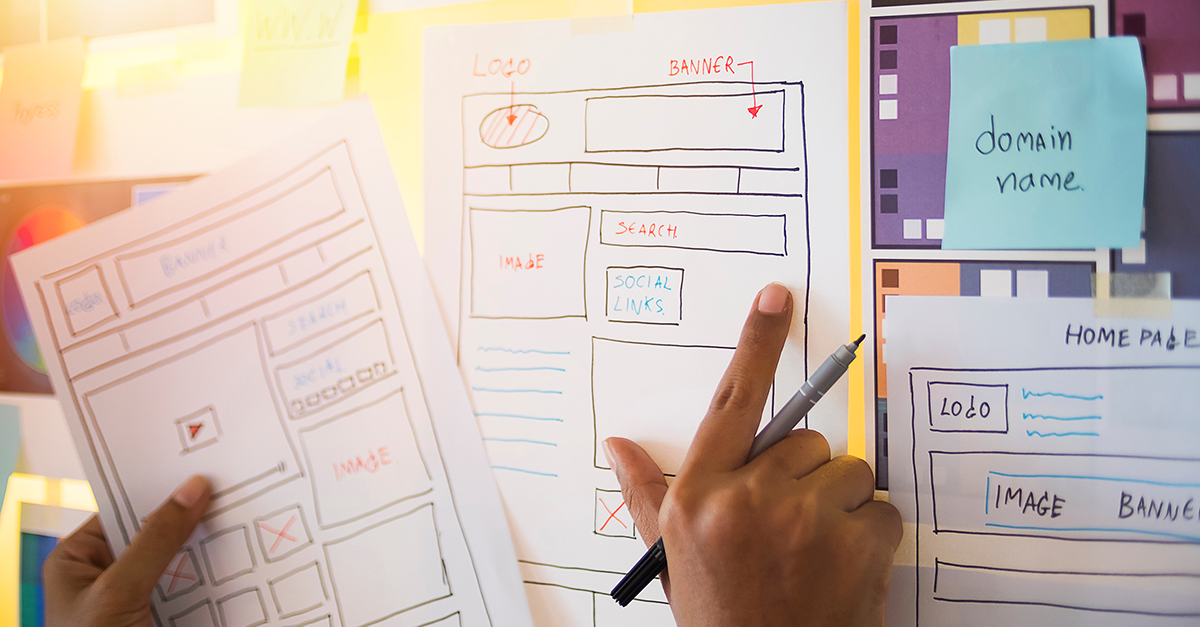
In the world of compliance, a user-friendly and efficient solution can make the difference between staying ahead or falling behind regulatory obligations.
Let's explore this further...
What is User-Centered Design, and Why Does it Matter?
Good usability is a core design principle that ensures a system, whether that’s an application, website, or software, is simple and easy for humans to use.
It involves testing and developing a product by understanding the behavior and preferences of users to create a high-quality experience that is efficient, effective, engaging, error tolerant, and easy to learn.
Putting usability at the forefront of the design and development of compliance solutions is not only good practice but is essential for risk management in the digital age and can create a more streamlined process.
Ultimately, the usability of your system has the power to take your compliance program from good to great. It also increases the likelihood of the system being well received by employees and, importantly, incorporated into daily use without user fatigue.
The Impact of Poor Design
When users waste time and energy trying to navigate a flawed system, it leads to frustration, errors, and decrease productivity – which can quickly evolve into ineffective compliance management.
Employees may need extra training, which can be time-consuming and expensive. It can make onboarding new employees a lengthy and complex process.
If a system is not intuitive, it can also increase the number of support tickets being logged with IT – draining a precious and often thinly stretched internal resource.
Without the ability to complete day-to-day tasks smoothly, errors become more probable, and that increases the risk of non-compliance. This can increase the risk of fines, penalties, and reputational damage for failing to meet regulatory obligations.
In the long run, this could cause key employees to leave, limit access to capital for growth and expansion, and decrease shareholder value.
UX Design: The Process
There are several steps involved in the UX design process: research, analysis, design, testing, iteration, implementation, and evaluation.
There are also ten usability heuristics, as defined by Jakob Nielsen, that are widely used to evaluate a design. They are:
- Visibility of system status – to foster trust in the product
- Match between the system with the real world – so that information appears in a natural and logical order, making it easier to learn and remember
- User control and freedom – to avoid users feeling stuck or frustrated
- Consistency and standards – to meet users' expectations
- Error prevention – with helpful constraints in place to avoid mistakes
- Recognition rather than recall – to reduce the cognitive effort needed from users
- Flexibility and efficiency of use – to allow people to work in a way that suits them best
- Aesthetic and minimalist design – to provide clarity by focusing on the essentials
- Help users recognize, diagnose, and recover from errors – by indicating the problem and suggesting a solution
- Help and documentation – to provide additional information for completing tasks with ease
The data, findings, and insights from these steps allow developers to gain context, be innovative, and build a product that is well-designed to reflect the needs and goals of the user.
How We Prioritize Usability
At AML RightSource, we understand the value and importance of exceptional usability.
Compliance solutions are complex applications that support data analysis, modeling, and high-impact or high-value decision-making.
Additionally, there are many steps that need to be completed and documented according to internal policies and regulatory obligations.
As such, the need for a well-designed interface that is accessible, intuitive, and easy to use is incremental and critical for effective risk management.
Our world-class engineers, designers, and experts in the compliance industry are charged with uncovering problems, discovering opportunities for improvement, and, most importantly, extensively learning about our users to build practical solutions that incorporate heuristics from the ground up.
We focus on systems that prioritize features and outcomes by looking at analyst personas and the jobs that need to be done. For example, albeit a simple one, we know that analysts prefer keyboard actions to complete tasks, so we make sure that all actions can be done by keyboard or with a mouse.
We also optimize the design gradually from the beginning to the end, and iterations are made throughout development, not just as a single step in the process.
By doing this, we respond to our user's needs and create natural, logical, familiar, and predictable interfaces that help to achieve end goals effectively and efficiently. This effort maximizes uptake from users, giving them something that makes their life easier and encourages repeated use.
Final Thoughts
Designing, developing, and perfecting compliance solutions with the user's needs in mind benefits everyone.
For developers, it ensures that a product is functional and adopted without question or complaint by the users.
For financial organizations, users are empowered to do what they do best, boosting productivity and reducing errors to provide a return on investment and achieve regulatory compliance.
This is one way we are Reimagining Compliance.
If you want to find out more about our services and solutions and how we can help you, simply fill out our contact form, and we will start the conversation.

